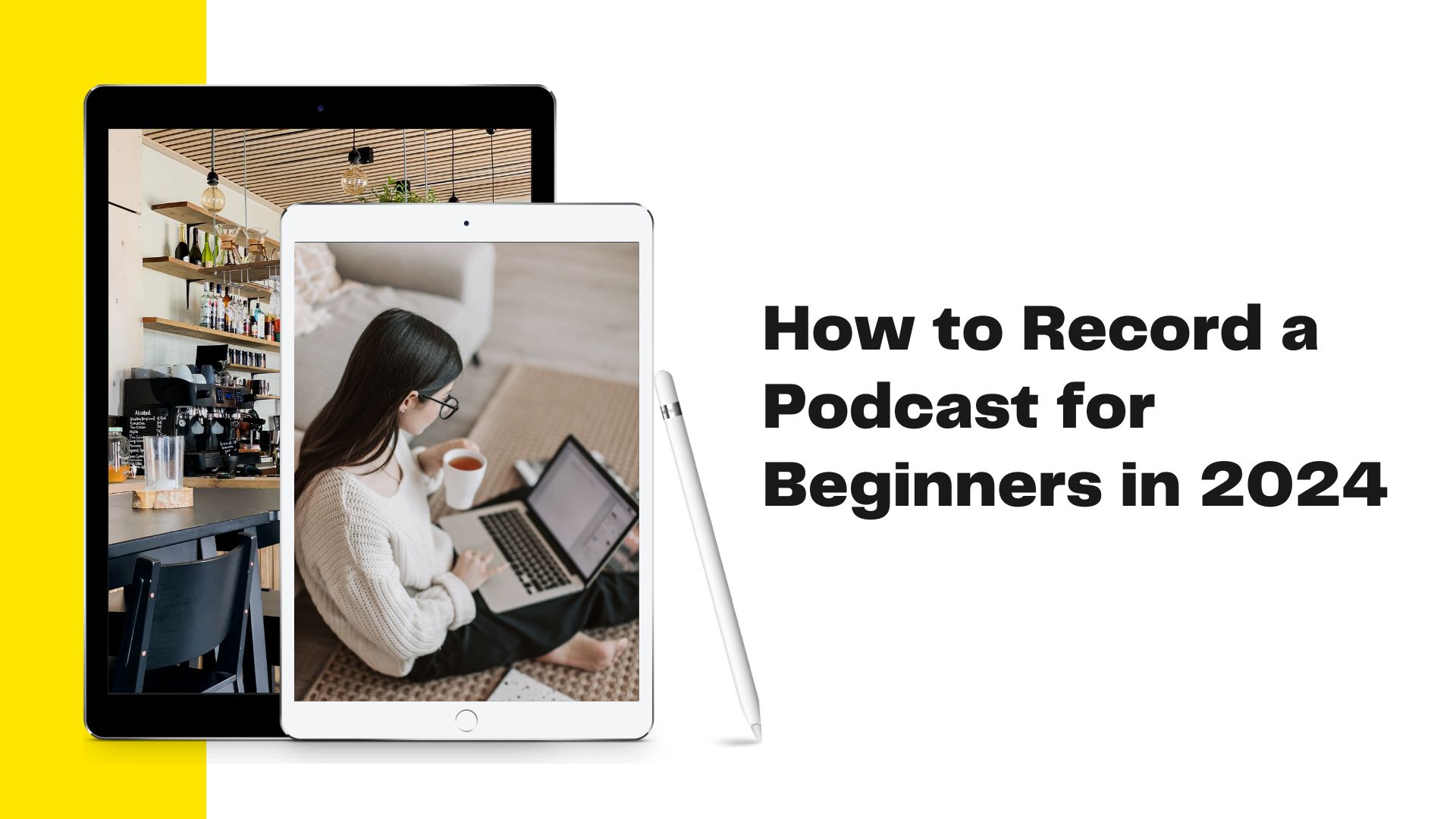Starting a podcast in 2024 is easier than ever, but knowing how to record one effectively can still feel a bit overwhelming—especially if you’re new to the game. With the right tools and approach, you can launch a professional-sounding podcast that engages your audience and helps you grow. In this blog, we’ll cover the essential steps to recording a podcast, and introduce VOMO AI, an amazing tool that can help you simplify your podcasting workflow—from recording to content creation.
Whether you’re launching your podcast as a solo creator or planning interviews with guests, this guide will help you hit the ground running.
1. Decide on Your Podcast’s Name and Artwork
Before hitting the record button, you’ll want to have a clear identity for your podcast. That means choosing a name that reflects your content and creating eye-catching artwork that grabs attention on podcast platforms.
How to Choose a Podcast Name:
-
Keep it simple: Don’t overthink it. You can always evolve the name later. It’s more important to start with something you’re comfortable with.
-
Make it memorable: Consider a name that’s easy to remember and reflects your podcast’s theme or your personality.
How to Create Podcast Artwork:
-
DIY with Canva: Canva has templates specifically for podcast artwork, and you can customize it with your own images and text.
-
Hire a designer: If you want something unique, consider hiring a freelance graphic designer on Fiverr. It’s affordable and ensures professional quality.
2. Choose a Podcast Hosting Platform
After you’ve set up the basics, you’ll need to distribute your podcast to platforms like Apple Podcasts, Spotify, and Google Podcasts. Most hosting platforms provide an RSS feed, which is used to distribute your podcast across multiple platforms with one upload.
Popular hosting options include:
-
Podbean
-
Buzzsprout
-
Anchor (which is free)
You simply upload your episode, and the hosting platform will take care of the distribution.
3. Record Your Podcast
Now it’s time to get into the recording phase! Here’s where many aspiring podcasters get stuck, but it doesn’t have to be difficult. You can start recording with just your smartphone or a professional microphone.
Option 1: Record with Your Smartphone
Surprisingly, you can get great audio quality using just your phone, especially if you’re on a budget. Many podcasters record directly on their smartphones using apps like VOMO AI or a basic voice recorder.
With VOMO AI, you can:
-
Record audio directly within the app.
-
Instantly transcribe your recordings to create captions, notes, or summaries.
The convenience of using your phone means you can start right away—without needing expensive equipment.
Option 2: Use a Professional Microphone
If you want to take it up a notch, consider investing in a dynamic microphone. A couple of great starter options include:
-
Samson Q2U ($70) – Affordable with excellent sound quality.
-
Rode Wireless GO II ($150) – Perfect for those who need wireless flexibility.
Dynamic mics are great for podcasting because they filter out background noise and give your voice that rich, professional tone.
4. Create Engaging Podcast Content
Now that you’ve recorded your podcast, it’s time to edit and polish your content. Editing doesn’t need to be complicated, but you’ll want to remove any mistakes, adjust volume levels, and consider adding music or sound effects.
For an even more powerful workflow, VOMO AI can help:
-
Transcribe your podcast for creating episode captions and show notes.
-
Use Ask AI to generate a summary of the episode, write an engaging title, or even extract the main talking points.
This can save you hours of manual work and help you create polished episodes that are easy to search and reference later.
5. Import and Transcribe YouTube Videos for Podcasting
If you create both audio and video versions of your podcast, you might be wondering how to turn your YouTube content into a podcast. With VOMO AI, you can import the YouTube video link, and the app will automatically:
-
Transcribe the audio from the video.
-
Generate summaries or outlines using the Ask AI feature, helping you create a podcast episode summary or show notes in minutes.
This feature is incredibly useful for repurposing content, saving you time while giving your audience more ways to engage with your show.
6. Publish and Promote Your Podcast
Once you’ve recorded and edited your podcast, it’s time to publish it on your chosen platform and start promoting it. Here’s how:
-
Give your podcast episode a catchy title: This is crucial for grabbing attention. If you’re unsure, VOMO AI can even help generate potential titles based on your episode transcript.
-
Promote on social media: Clip short segments of your podcast and share them on Instagram, TikTok, or YouTube Shorts to reach a wider audience.
You can also create highlights during your recording with VOMO AI’s tools, which help you mark important moments in your conversation for easy editing later.
Conclusion
Starting a podcast in 2024 is easier than ever with the right tools and mindset. Whether you’re recording with a smartphone or professional mic, what matters most is consistency and engagement with your audience. By using VOMO AI, you can streamline many parts of the process, from recording and transcription to creating engaging summaries and outlines for your podcast episodes.
With VOMO AI’s powerful features, you’ll be able to spend less time worrying about the technical side of things and more time focusing on delivering great content. Ready to start your podcast journey? Download VOMO AI today and see how it can help you create, edit, and promote your podcast like a pro!


